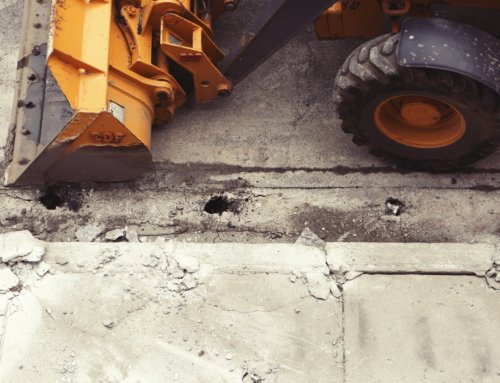Harnessing lessons learned as your construction projects draw to a close is essential for future successes. More often than not, project managers do not spend nearly enough time compiling lessons learned, and they miss out on the insights that could drastically maximize the efficiency of future projects.
In the age of cloud-based information sharing and construction management apps, the process of capturing information and data is actually far easier than those hand scribbled notes of the past. Here are four things to think about when establishing how to maximize lessons learned at the end of a project.
1. Capture Information Concurrently With The Project
In order to ensure that you have the best and most accurate information possible, it is key to record information concurrently with the progression of the project. Establishing a system that allows you and your team to record information in real time will make all the difference when going back to analyze the results.
Focus on gathering multimedia information through smartphones and tablets on the job sites. Audio recordings, photographs, and videos can all be saved to a construction management software that allows for everyone in the field and office to stay up to date on observations and notes.
When going back at the end of the project, it will be easier to identify what information and data was essential at what time. Moving forward you can implement general guidelines to focus on when coaching your team on what to document for maximum efficiency.
2. Analyze Procurement Processes
Project management involves a lot of processes when it comes to handling materials and services. Therefore, when looking back on a project it is key to think in very specific terms about what data and information helped make the communication between you and the vendor go smoother.
3. Double Check Effectiveness of Risk Management
Safety is an area that can constantly be improved. At the end of each project, safety procedures should be rigorously evaluated and formal processes should be vetted for efficiency. Fine-tuning safety practices comes from not only having a plan in place but always looking for updated safety regulations. establishing a point of contact for safety protocol.
4. Work With Human Resources to Monitor Workforce
Monitoring the data about how your team works, and where the challenges are, will help you and your crews to improve for future projects. Working with human resources, you can find valuable data and information to track your team’s workflow.
You might want to track:
-
The time people spend observing work underway
-
The reasons people are recognized for their work
-
The number of times you field questions related to benefits
There is always room for improvement on your projects, but with the right strategies in place, you and your team can maximize the lessons learned for future projects. How have you tracked improvement on your jobs?







Leave A Comment